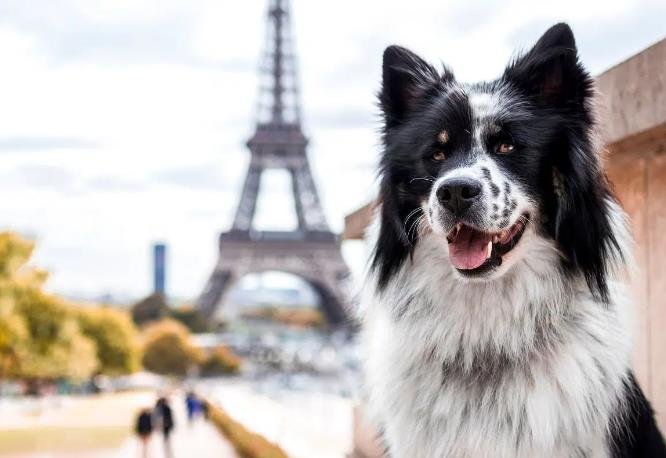Dogs often express affection through hugging—a warm gesture symbolizing their deep bond with owners. When racing beside you during playtime, they’re not just burning energy; this shared activity serves as social glue, nurturing trust and companionship. As for toys, dogs thrive on variety: squeaky buddies that trigger prey drive, puzzle feeders challenging their intellect, durable chewables for teething relief, and classic fetch toys activating their inner retriever. The most engaging options tap into canine instincts while offering dual benefits: a tired body and a stimulated mind.Some owners set up obstacle courses, which can be both fun and mentally stimulating. Hiding treats for the dog to find could be part of hide and seek. Oh, and some dogs enjoy water play, like swimming or playing with sprinklers. Maybe social activities like going to the dog park count too, but that’s more with other dogs. What about training sessions? If they’re done in a playful way, dogs might see them as games. Also, just running around, like chase, where the owner chases the dog or vice versa.
I should also consider different breeds. For example, retrievers might prefer fetch more than other breeds. Smaller dogs might like different toys. Oh, and chew toys are important for dental health, so maybe mentioning those. Also, plush toys that they can carry around. But are there any activities I’m missing? Maybe flirt poles, which are like giant cat toys for dogs. Or scent games where they track something. And don’t forget mental stimulation games, like teaching new tricks.
Wait, the user asked specifically what they like to play with their owners, so it’s about interaction. So maybe emphasizing activities that involve the owner directly, not just solo play. Social play is key. Also, the answer should list various options and maybe explain why dogs like them. Need to ensure that the information is accurate. Some dogs might have different preferences, but generally, these are common. Should I mention safety considerations, like using appropriate toys to avoid choking hazards? Maybe briefly, but the question is more about what they like rather than safety tips. Okay, I think I have a good list. Let me organize it into categories with explanations.

Dogs thrive on interaction and play with their owners, which strengthens their bond and provides physical and mental stimulation. Here are some activities they typically enjoy:
Fetch: A classic favorite, especially for retrievers. Dogs love chasing balls, frisbees, or sticks, and returning them (most of the time!) for repeated throws.
Why? It taps into their instinct to chase and retrieve prey-like objects.
Tug-of-War: Using rope toys or tuggers, this game allows dogs to test their strength in a controlled way.
Why? Satisfies their natural urge to pull and engage in mock “competition” with you.
Interactive Toys: Puzzle feeders, treat-dispensing balls, or snuffle mats encourage problem-solving.
Why? Combines play with reward, stimulating their brain and slowing down eager eaters.
Hide and Seek: Hide treats, toys, or yourself (letting the dog find you).
Why? Engages their powerful sense of smell and adds excitement to playtime.
Agility or Obstacle Courses: Set up jumps, tunnels, or weave poles in the yard.
Why? Provides physical exercise and mental focus, great for energetic breeds.
Chase Games: Let your dog chase you (or vice versa) in a safe, open area.
Why? Mimics playful “predator-prey” dynamics they enjoy.
Water Play: Swimming, splashing in kiddie pools, or running through sprinklers.
Why? Ideal for water-loving breeds (e.g., Labradors) and cools them down in summer.
Training Games: Teach new tricks or commands using positive reinforcement.
Why? Dogs love earning praise/treats, and it builds their confidence.
Chew Toys: Durable rubber toys or dental chews for solo or interactive play.
Why? Satisfies their need to gnaw and promotes dental health.
Flirt Poles: A pole with a lure (like a feather or toy) that you wiggle for them to chase.
Why? Channels prey drive in a controlled way, perfect for high-energy dogs.
Considerations: Tailor activities to your dog’s breed, age, and health. Always supervise play and avoid small objects that could be swallowed. The key is enthusiasm—dogs pick up on your energy and love shared fun!








